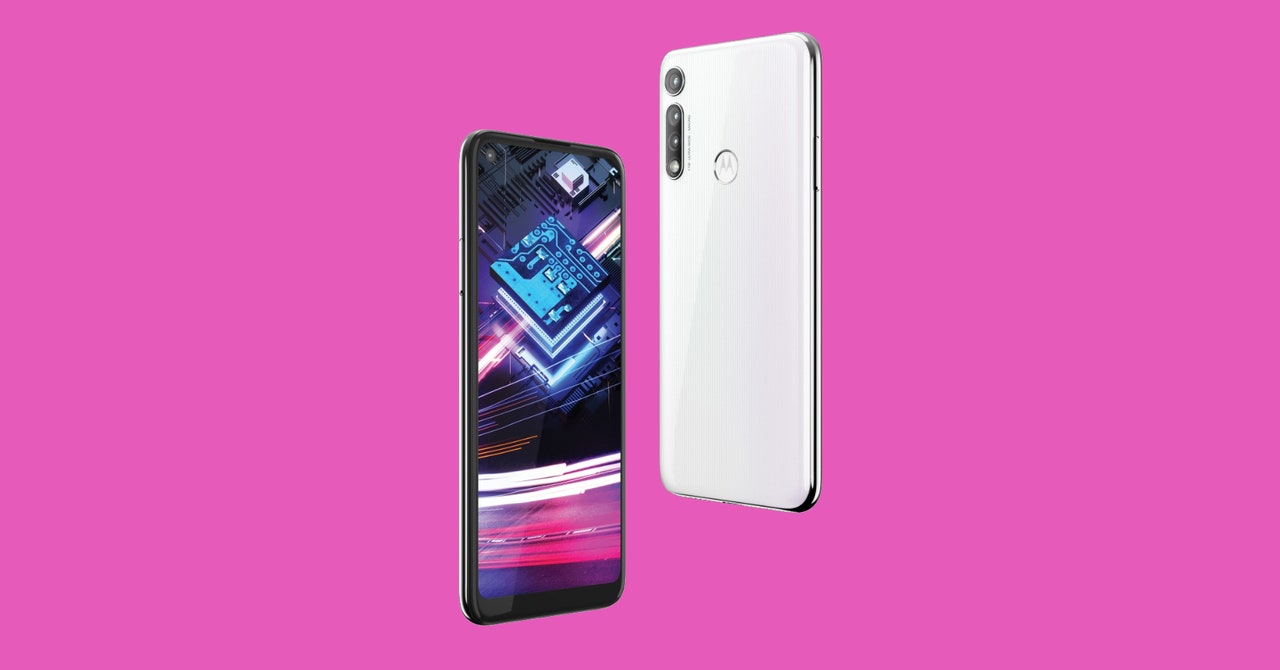Endlessly browsing Reddit and Twitter for hours on end? Check. Catching up on Community after work? Easy peasy. Navigating to Manhattan for a leisurely electric bike ride on the weekend? No problem.
For most of June, I managed to do all my usual tasks with a pair of cheap smartphones; one costs $200, the other costs $150. It’s just further proof of an argument I’ve been making for a while, that budget phones can deliver a good experience. In fact, if there’s ever a moment to stop and consider why you need to spend $1,000 on a smartphone, it’s now.
The two Android devices come from Motorola: the Moto G Fast ($200) and the Moto E ($150). Both provide capable screens, nearly two days of battery life, and satisfying performance. The only flaws are the ones you’d expect at this price point: Notably, the camera isn’t great. Photos come out decent only when there’s enough light. But subpar cameras alone can’t sink this duo; the value is pretty unbeatable.
Doubly Dignified
The Moto G Fast shares more in common with the two other G-series phones Motorola introduced earlier this spring, the Moto G Power and the Moto G Stylus. The G Fast is the runt of the litter, but it has the same Snapdragon 665 processor as the bigger phones, only with 3 gigabytes of RAM instead of 4. That doesn’t mean it’s slower, but it’s also not very fast at all. (Yes, that’s antithetical to its name).
However, I had an ever-so-slightly smoother experience on the G Fast than I did on its pricier siblings. Opening apps and switching between them didn’t seem as choppy on the G Fast as it did on the G Stylus and G Power, and the new phone even scored a tad higher than those other Motos in benchmark tests. But again, it’s still not a fast phone. You have to wait a second or two for apps to open, and the screen will stutter when you quickly scroll through Twitter. Otherwise, this phone will be able to run most apps just fine. It had no trouble keeping up with an hour-long sandboarding session in Alto’s Odyssey too.
Moving on to the cheaper Moto E, I was pleased to encounter mostly the same story. It uses Qualcomm’s lesser Snapdragon 632 processor with 2 GB of R

